Debate over Canada’s fighter jet purchase has intensified as politics, tariffs, and defence priorities collide. While the RCAF insists on the F-35, Sweden’s Gripen offer—complete with Canadian assembly and major job creation—has gained public traction. As diplomatic pressure mounts, Canada weighs reliability, cost, and sovereignty in its final decision.
Canada’s long-running fighter replacement debate has intensified as PM Mark Carney questions reliance on U.S. defence technology and orders a review of the F-35 purchase. With SAAB pushing its Gripen—offering lower costs, high readiness, and Canadian assembly jobs—the decision now balances capability, sovereignty, industry, and shifting geopolitics.
A leaked Defence Mobilization Plan has triggered controversy after revealing aims to expand Canada’s reserves to 400,000 personnel, including 300,000 minimally trained supplementary reservists drawn largely from public servants. Critics accuse senior CAF leadership of poor judgment, deflection, and repeating past mistakes, raising concerns about readiness, credibility, and national defence priorities.
A new mobilization plan proposes expanding Canada’s military reserves to 400,000 despite current recruitment struggles and a 14,500-personnel shortfall. With outdated infrastructure, a dwindling supplementary reserve, and ongoing housing shortages, experts question how such a massive expansion could be achieved. Many argue the CAF must first improve conditions for existing members.
Last Thursday, the Canadian Armed Forces formally apologized for decades of racial discrimination and harassment. The unprecedented ceremony, led by Gen. Jennie Carignan and CWO Bob McCann, featured emotional reflections from racialized veterans and community leaders. The event marked a significant step toward healing, accountability, and cultural transformation within the CAF.
DEFSEC 2025 in Halifax saw record attendance amid Canada’s urgent defence procurement needs and new policy shifts, including a Defence Investment Agency and accelerated submarine competition timelines. Yet, discussions were overshadowed by Trump and Hegseth’s alarming address to U.S. generals, signalling potential internal conflict that could profoundly impact Canada’s security future.
Prime Minister Mark Carney recently pledged Canada's commitment to a two-state solution in the Middle East, including deploying Canadian troops to enforce peace. However, Canada's military is already stretched thin with understrength forces and limited resources, raising concerns over the feasibility of deploying troops to both Ukraine and Gaza.
Canada’s military faces a readiness crisis, with nearly half its equipment unserviceable and critical shortages in personnel and spare parts. Major-General Robert Ritchie admitted the Army lacks vehicles to train at home, forcing pre-deployment exercises for NATO in Latvia. Leadership continues to downplay issues, despite growing operational risks.
Canada’s defence spending has long lagged behind NATO’s 2% GDP target. PM Mark Carney pledged to meet it this year through new funding and restructuring, including moving the Coast Guard under National Defence. But with NATO raising its benchmark to 5% by 2035, Canada faces tough capability and procurement choices.
China staged its largest-ever military parade in Tiananmen Square, showcasing modern weapons and hosting leaders like Putin and Kim Jong-Un. While spectacles project power, history shows parades don’t equal combat effectiveness. Canada’s own NATO forces in Latvia also suffer from readiness issues, raising concerns about true military capability behind the showmanship.
Prime Minister Mark Carney’s European tour raised concerns after hinting Canadian troops could join a post-ceasefire deterrence force in Ukraine. With Canada’s army already overstretched in Latvia, aging equipment, and readiness issues, experts warn deploying to Ukraine without major re-equipping and mobilization risks leaving Canadian soldiers dangerously underprepared.
The Canadian Armed Forces face another scandal after five soldiers were suspended for giving Nazi salutes in a 2023 video. This follows recent extremist and misconduct cases, further eroding public trust. Army Commander Lt-Gen Wright called the behavior “deeply disturbing” and stressed hateful conduct has no place in the military.
A recent Angus Reid poll shows strong Canadian support for mandatory national service in civilian roles—health, environment, youth, and civil protection—at over 70%. Military service, however, drew only 43% support. Advocates argue a structured national service program could benefit society while boosting Canadian Armed Forces recruitment through optional incentives.
In March, PM Mark Carney, facing Trump’s tariffs and threats, vowed to boost defence spending, end reliance on US arms, and review Canada’s F-35 purchase. Despite alternatives like Sweden’s Gripen, RCAF bias toward F-35s persists since 2004. A final report is due this summer, but change seems unlikely.
A private Facebook group tied to the Cameron Highlanders erupted into scandal after hateful and inappropriate posts surfaced. Despite early inaction by Military Police, a media exposé reignited the case. Two officers were relieved. Meanwhile, a senior officer convicted for firing at ducks kept his job. Accountability remains inconsistent.
Four men with ties to the Canadian Armed Forces were arrested by the RCMP for allegedly planning to form an anti-government militia. Charged with terrorism and weapons offences, they had stockpiled explosives, firearms, and trained in military tactics. The case raises serious concerns about extremism within military ranks.
Canadian soldiers from Lord Strathcona's Horse performed the King's Mounted Guard in London from July 11–21, a rare honour marking their 125th anniversary. While visually striking, the author argues such ceremonial duties misuse military resources amid personnel shortages, suggesting civilian re-enactors could fulfill these roles instead of trained combat soldiers.
The “Blue Hackle Mafia” scandal exposed a private Facebook group of roughly 200 Canadian soldiers, mostly from the Cameron Highlanders of Ottawa, sharing explicit images and hateful content. Despite early internal warnings, leadership delayed action. The military’s attempt at media damage control backfired, revealing deeper institutional accountability concerns.
Despite a major defence budget boost under PM Mark Carney—from $43B to $62.7B this year and a projected $150B by 2035—the Canadian Armed Forces remain in crisis. Readiness levels are near historic lows, and full operational recovery is now delayed until 2032 due to personnel shortages, training delays, and structural challenges.
At the NATO summit, PM Mark Carney pledged to raise Canada’s defence spending to 2% of GDP by 2026 and eventually 5% by 2035. While $9B is new funding, most is reallocated. A broader definition of defence could support mining projects like Yukon’s Mactung tungsten deposit to reduce reliance on China.
On June 9, Prime Minister Mark Carney pledged to raise defence spending to 2% of GDP by 2025–26, increasing the budget from $40B to $62.7B through new funds and budget reshuffling. Carney also announced CAF pay raises, new hires, a Coast Guard realignment, and a review of F-35 fighter jet purchases.
On June 9, Prime Minister Mark Carney announced Canada will immediately meet NATO's 2% defence spending target—$62.7 billion annually—boosting DND's budget by $9.3 billion. However, shortages in trained personnel, broken equipment, and housing delays hinder readiness. Meanwhile, NATO eyes a 5% target by 2035, raising future spending expectations significantly.
At CANSEC 2025, new Defence Minister David McGuinty pledged swift action to rebuild Canada’s military in partnership with industry. His use of “immediate” sparked optimism, though no concrete steps followed. Days later at NATO, he softened his stance, reflecting skepticism about Canada’s ability to meet rising defence spending targets.
From May 19–23, Quebec City hosted two French warships, including the powerful Mistral helicopter carrier. Canada once had the chance to acquire similar vessels at a bargain price, but political and budgetary hesitations led to missed opportunities. Egypt ultimately purchased them, and Canada continues to lack such versatile naval assets.


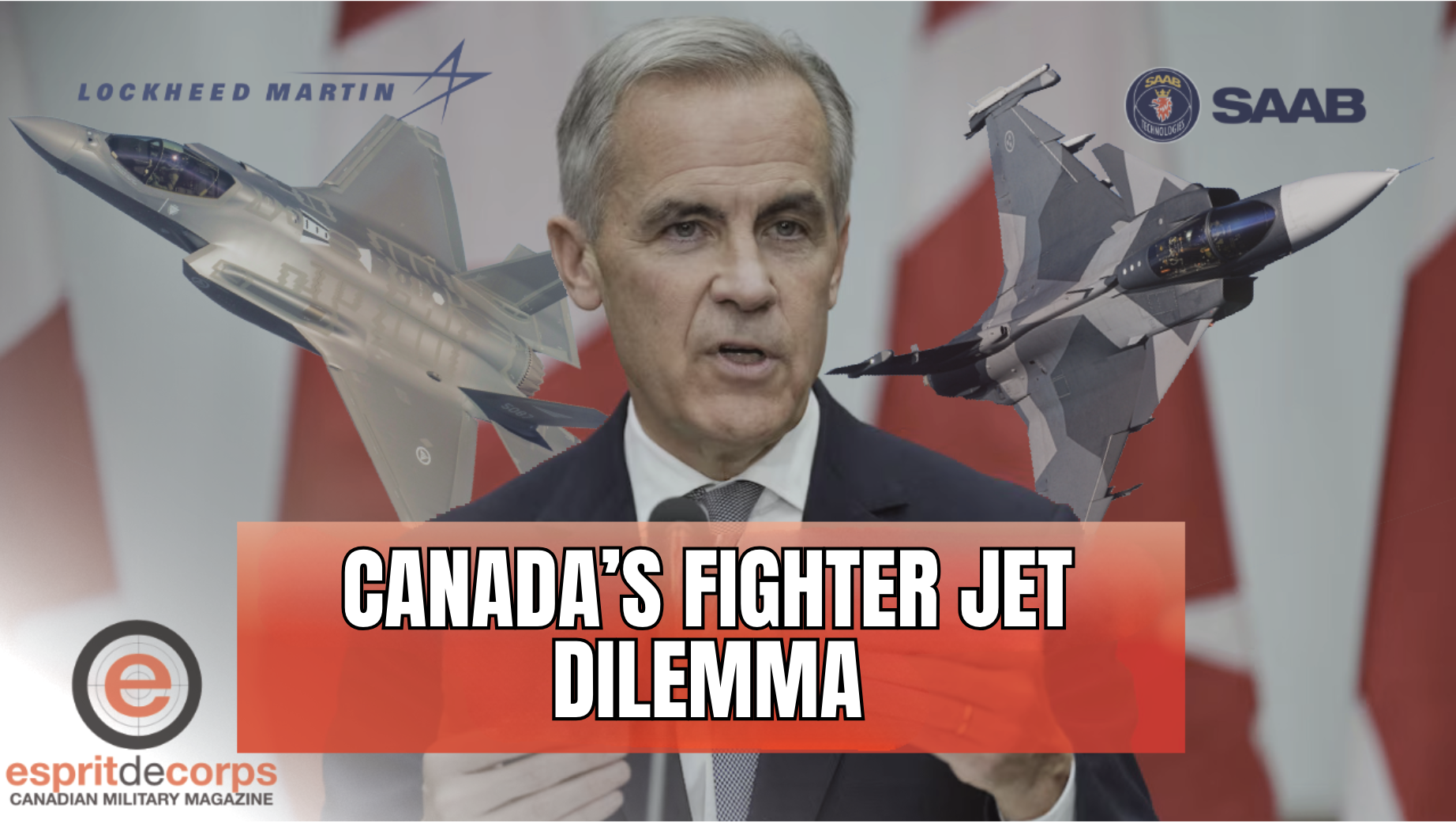
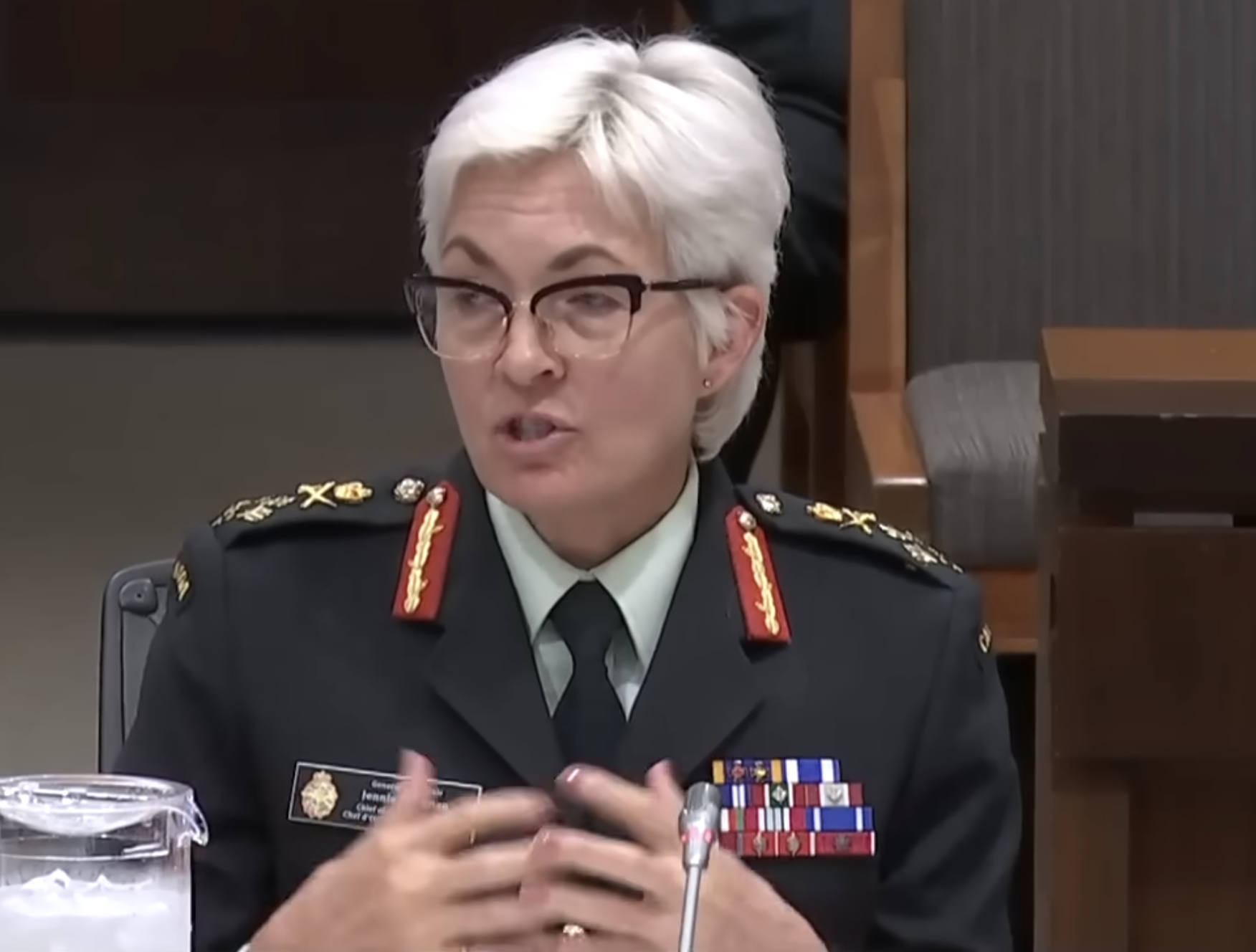
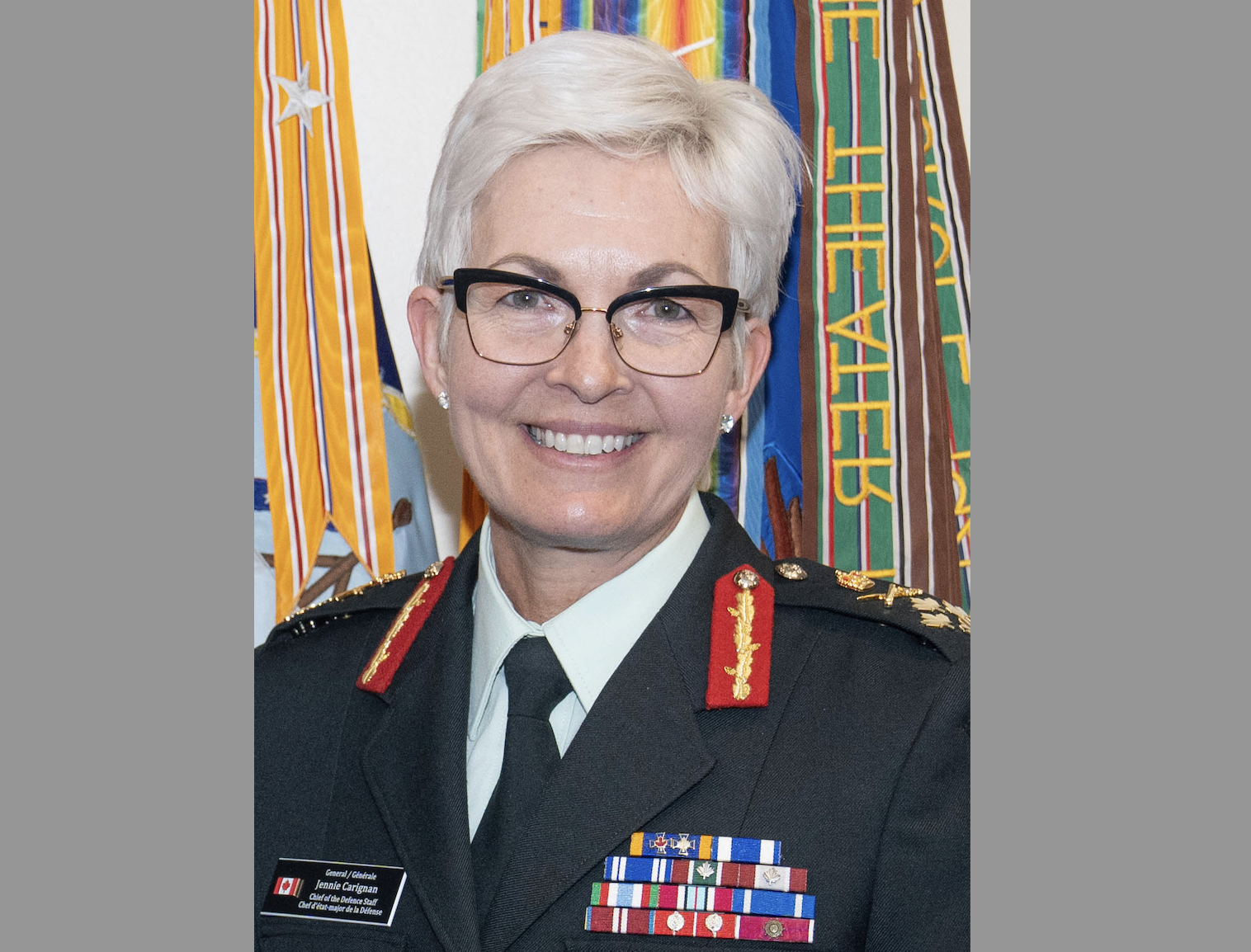











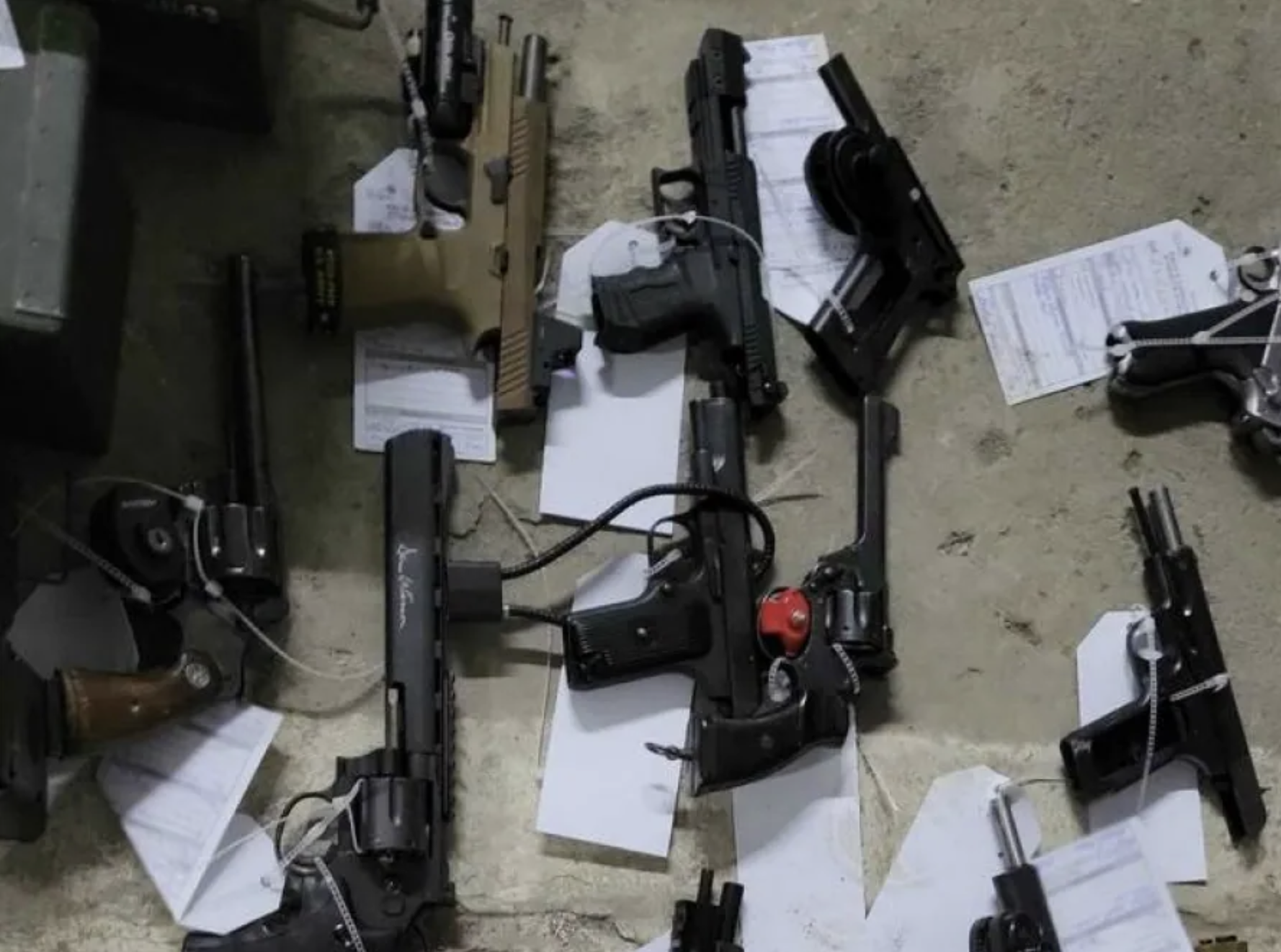

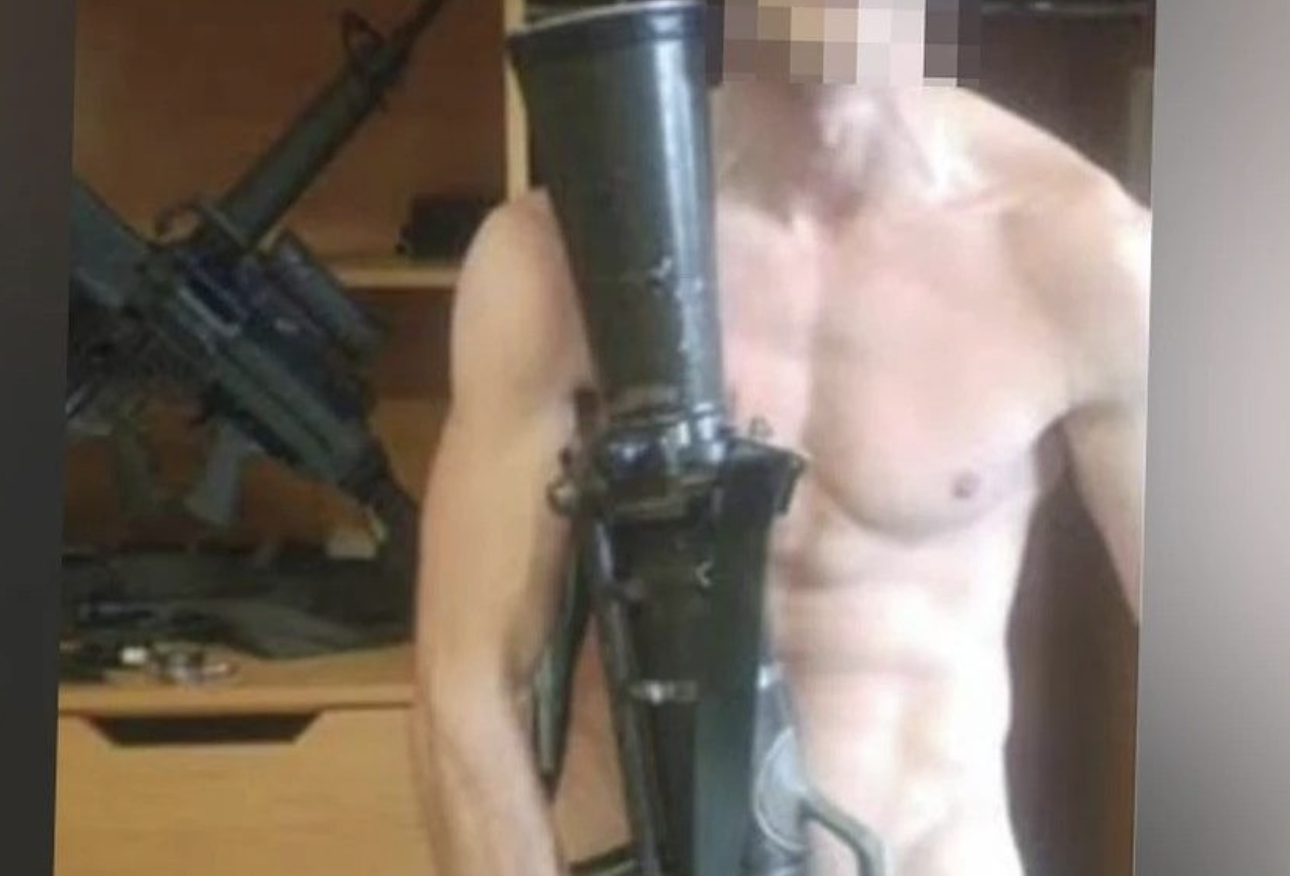
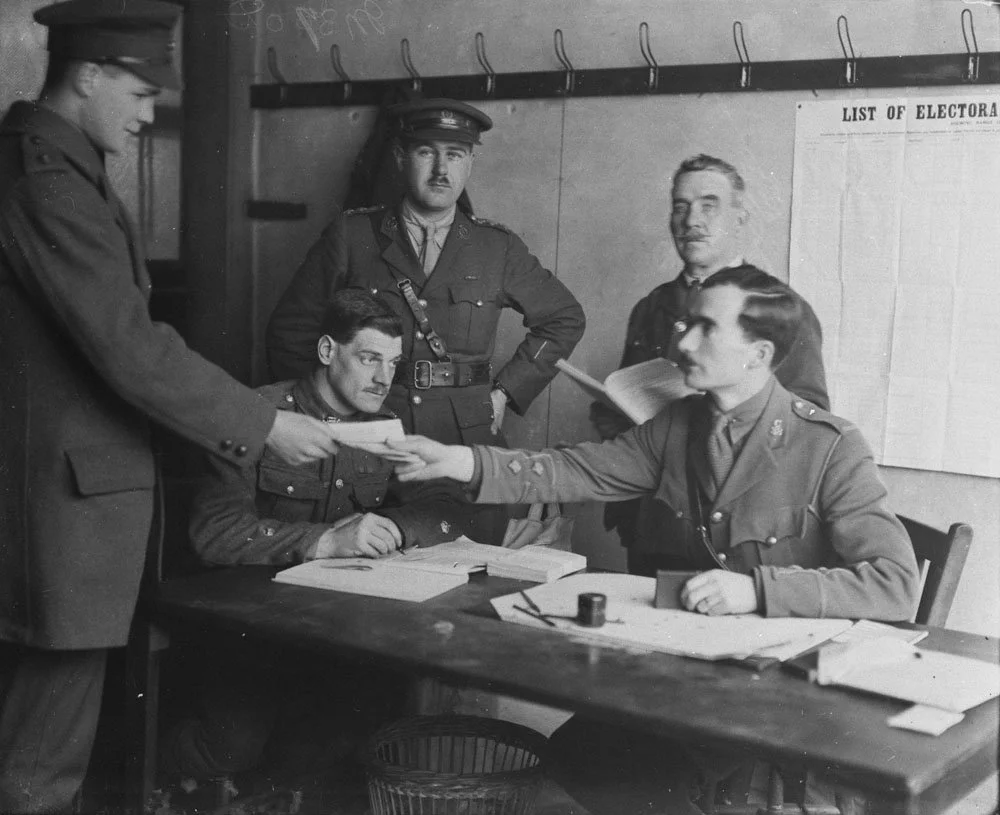










Canada’s latest $200M contribution to Ukraine, part of NATO’s PURL initiative, will fund U.S.-sourced air defence systems and ammunition. Despite calls to reduce reliance on American weaponry, Canada continues directing defence dollars to U.S. firms. The article argues Canada should shift toward domestic production, including building Swedish Gripen jets in Canada.